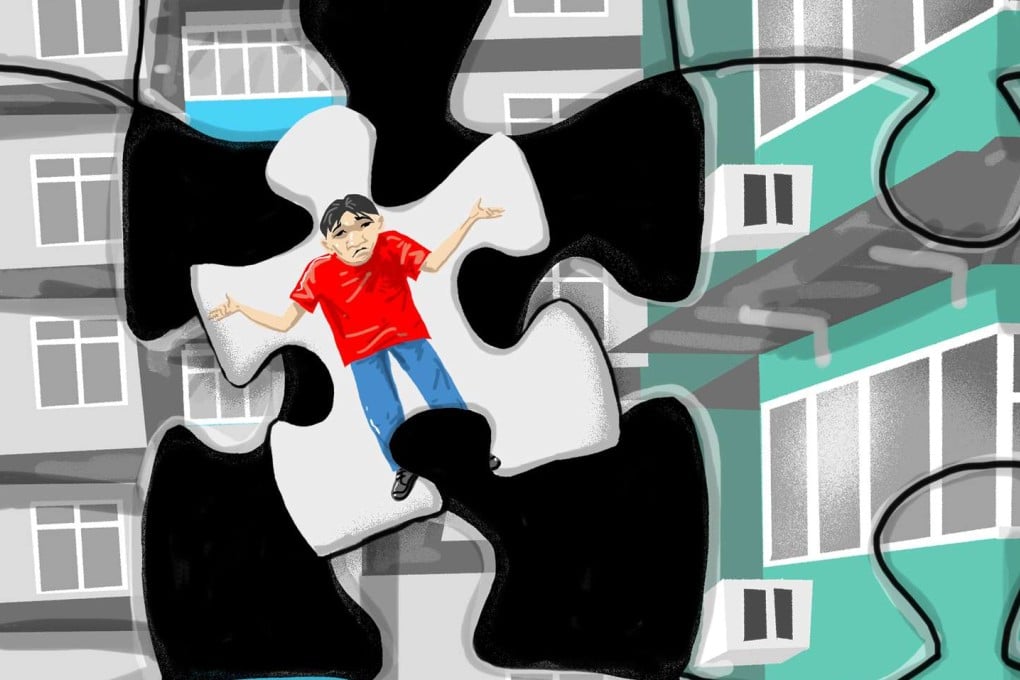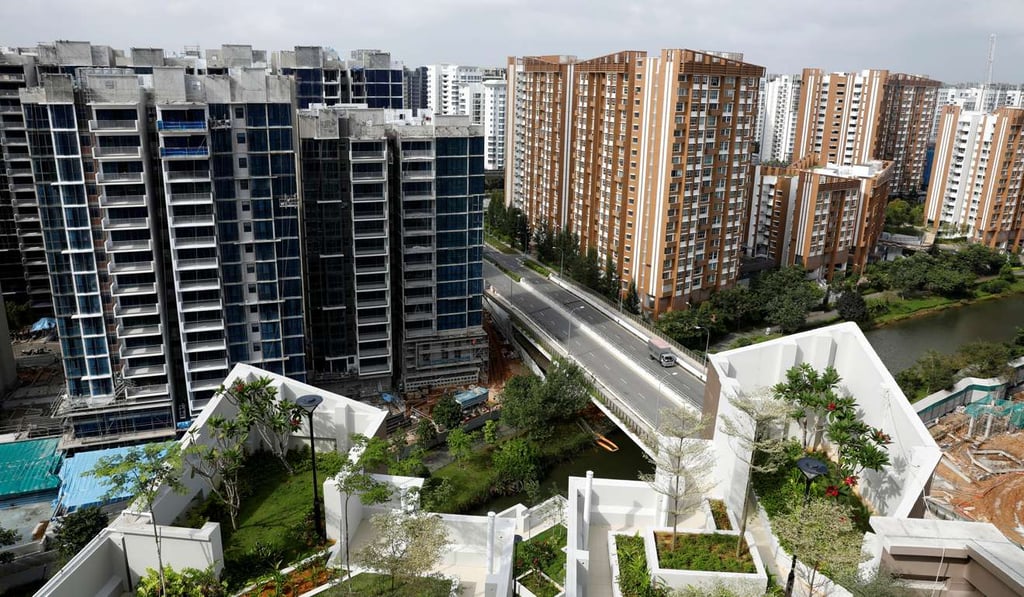Hong Kong’s housing situation is dire compared with Singapore’s. Here’s what must be done
Ken Chu says among the many proposals put forward to solve Hong Kong’s housing crisis, a focus on subsidised housing and building on some country park land is the most practicable


Singapore is approximately 65 per cent of the size of Hong Kong, with a population of 5.5 million living in a land area of 719 sq km. In comparison, Hong Kong has 7.3 million people living on 1,105 sq km of land. Population density is high in both places: on paper, Singapore is the more crowded, with an average of 7,792 people living on every square kilometre, compared with Hong Kong’s 6,780 people, but the leafy and spacious cityscape in Singapore makes it feel less congested than Hong Kong.
In 2016, the average living space per person in Hong Kong’s public rental housing was 140 sq ft, while in Singapore, each public flat resident could enjoy on average a living space of 258 sq ft.
Why so? Because most parts of Hong Kong is hilly, therefore posing a huge civil engineering test for any construction, let alone residential buildings. On the other hand, Singapore is largely flat. In Hong Kong, only 24 per cent of the land has been developed and, of this developed land, a mere 7 per cent has been used for housing. Country parks and nature reserves account for 40 per cent of Hong Kong’s land.
By contrast, 14 per cent of the land in Singapore is used for housing, with only 9 per cent set aside for parks and nature reserves.
Housing issues and pollution lead to Hong Kong trailing Singapore in quality-of-life rankings
